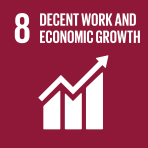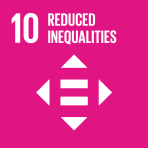-
Food security: trends and impact of the crisis
- Source: CEPAL Review, Volume 1988, Issue 36, Dec 1988, p. 141 - 160
- Spanish
-
- 31 Dec 1988
Abstract
The world food market has lost the noteworthy stability that characterized it in the 1930s and 1960s. The “shortage crisis” of the 1972-1974 period was followed by an “oversupply crisis”, with strongly destabilizing effects on international prices. The first crisis aroused an intense interest in seeking formulas to cover the gap between effective domestic demand and domestic supply, so as to stabilize consumption. The transition to a market of abundant supply with failing prices relegated to second position the subject of food security, understood in traditional terms, and shifted priority to measures aimed at tackling the persistence of under-consumption and malnutrition in vast sectors of the population, even in countries with a sufficient aggregate supply.





